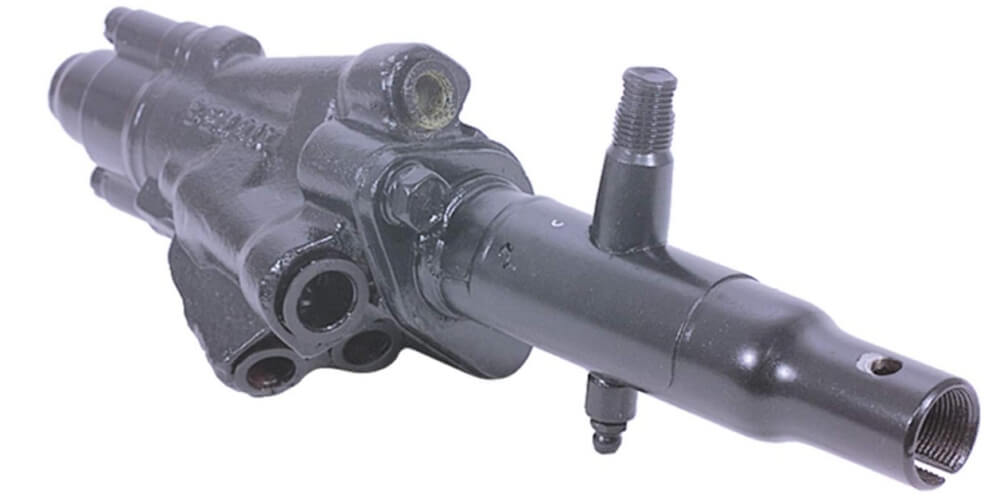Control valves are designed to control the pressure and flow of air in pneumatic systems or fluid in the hydraulic system. Ideally, they are important components of the piping systems that transfer gases, vapors, and liquids. There are various kinds of valves with varying capacities, uses, and features. Moreover, they have different methods of operation.
When choosing an electric control valve, you ought to determine its application. For instance, are you going to use it for regulating fluids or stopping the flow? Also, you ought to determine the media that circulates in the system. Check whether the media is chemically neutral, corrosive, or medical fluid. As far as the operation of the system is concerned, it is necessary to determine whether the valve is powered automatically and manually.
Size of the Valve
There is a need to determine the control valve’s dimensions. In this case, you have to look at different parameters, such as pressure, diameter, flow rate, and temperature. Remember that pressure is quite important as it can result in ruptures and leakages. Also, you need to avoid oversizing the valve.
Make sure you determine the appropriate operating temperatures. Ideally, you have to determine the ambient temperature and extreme temperatures. In addition, you ought to determine of fluid flow rate and operating pressures.
Type of Control Valves
You should note that there are various types of control valves meant for a wide range of applications. For instance, if you need to thwart the circulation of fluid, you should select shut-off valves such as gate valve, ball valve, and knife valve. On the other hand, if your aim is to regulate flow of fluids, you should use control valves such as piston valve, butterfly valve, globe valve, and needle valve. Remember that your choice of fluid is equally dependent on things such as pressure and flow rate.
Butterfly Valves
This type of control valves is designed to regulate the flow rate of fluids. Its versatility is dependent on the type of material it is made of. It is widely used in transporting oil, water, medical fluids, food products, and sludge. Also, it is effective in transporting corrosive fluids. You should note that these types of valves are suitable for different applications because of their excellent sealing system.
Ball Valve
This type of control valve is designed to stop the media from circulating. With its sphere-like design, it has a diameter equal to that of the pipe. The good thing about this valve is that it does not obstruct the flow of liquids when in an open position. Also, this control valve can be used to transport water, oil, and gaseous products.
Piston Valve
The piston valve is designed to regulate fluids. Some have a spring that provides a valve opening that is adjusted accordingly. However, the issue with this type of valve is a considerable head loss. If the fluid is quite high, it becomes difficult to operate.
You can also consider multi-channel control valves that have several inlet and outlets. Such valves are used in industrial settings where there is a need to regulate fluid movement in different areas. For instance, you can find 6-way valves.
